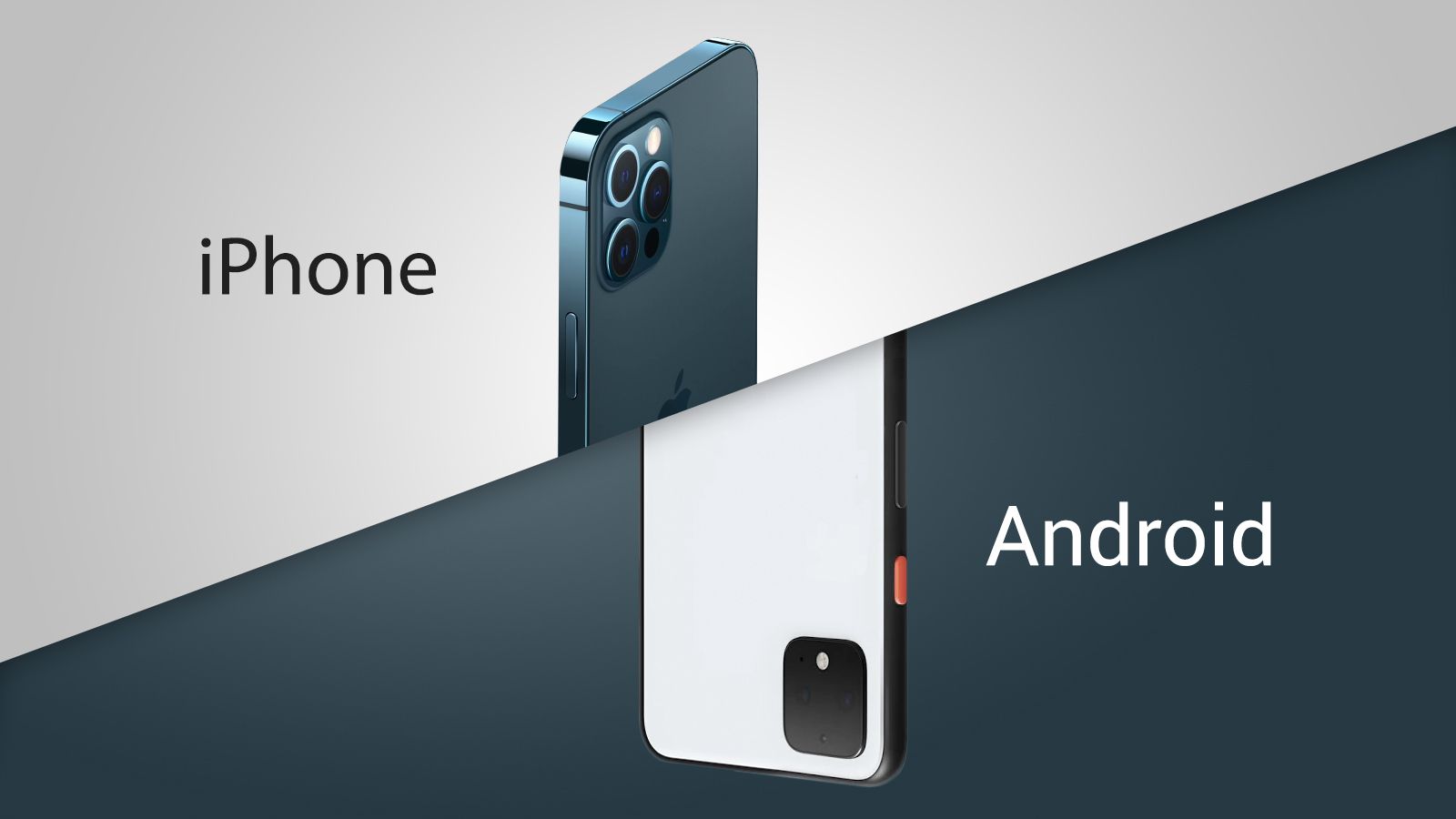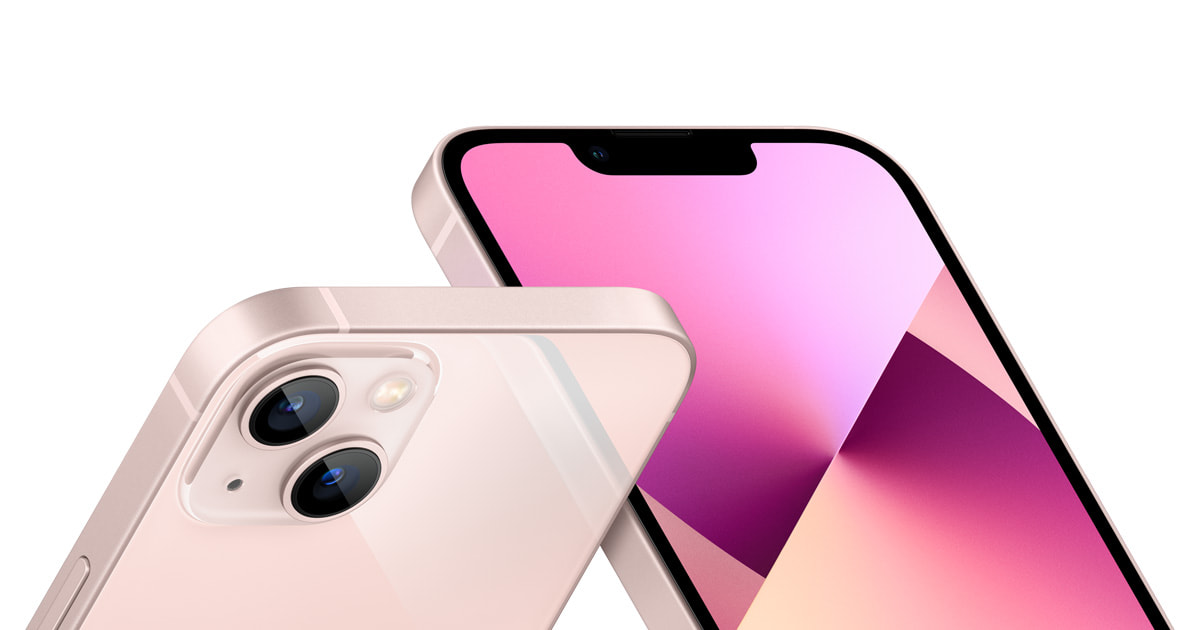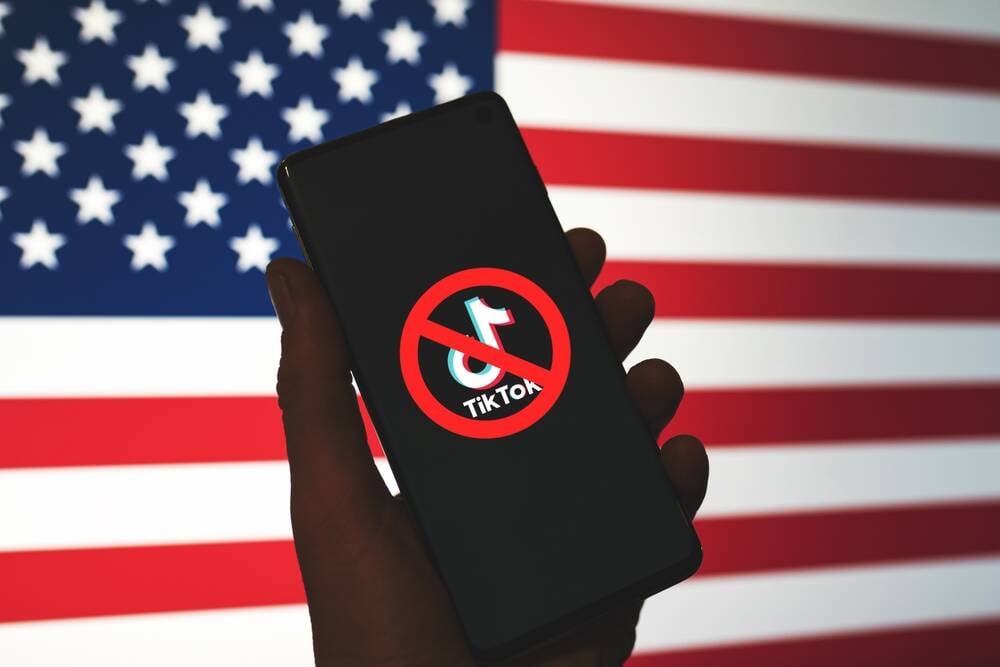
Why Hasn’t the iPhone Moment Happened Yet for Voice UIs
The extremely fast feedback that the iPhone touch screen experience provided to the user, resulting in a very responsive and intuitive user experience is still missing from current voice user interfaces.
There is a lot of positive momentum around voice interfaces. We’ve all seen the stats: the number of smart speakers in US households has risen steadily for the past five years. The share of voice searches of all search engine traffic has soared. Yet, the type of revolution that the touch screen gave birth to, after the launch of the iPhone, hasn’t really happened for voice — despite all the hype. Why is that?
Anyone who has a bit of experience from using voice interfaces knows that you can do simple things like setting on the alarm, switching on the lights, or playing your favorite music on Spotify pretty easily. However, if you try to do anything more sophisticated, say, order pizza for your eight best friends, reserve an intercontinental flight for a family of five, or buy a new party dress online, the chances are that you're going to fail miserably. For more demanding and for most real-world tasks, the user experience with voice just isn’t there yet — at least as it is for the touch screen.
Still, contrary to what people might think, the problem is not really anymore in speech recognition or natural language understanding accuracy. Even for fairly open-ended domains, both speech recognition and natural language understanding accuracy is pretty close to human parity.
























